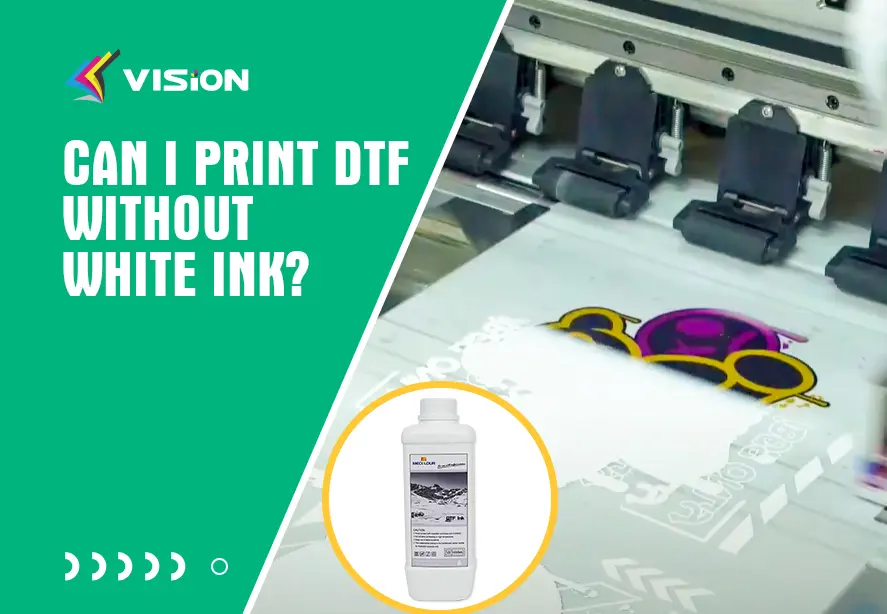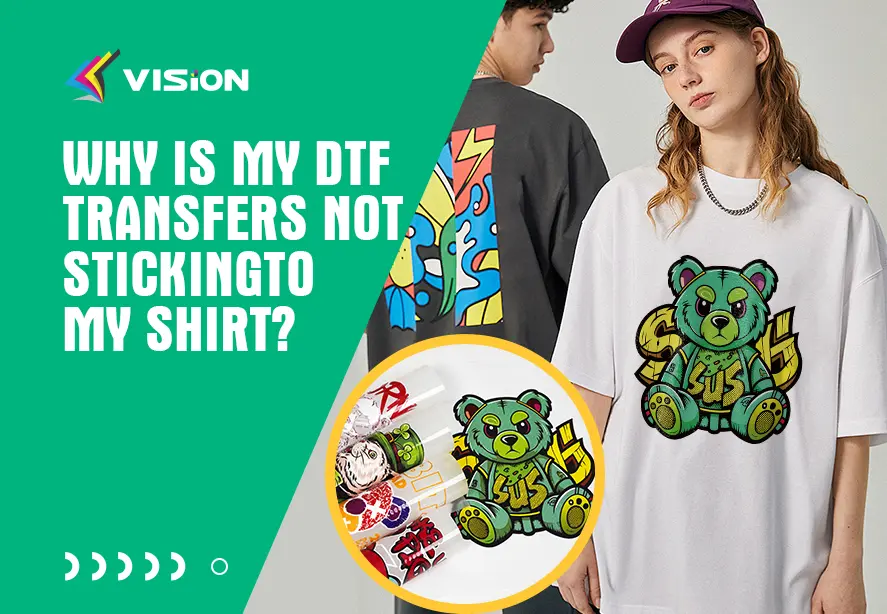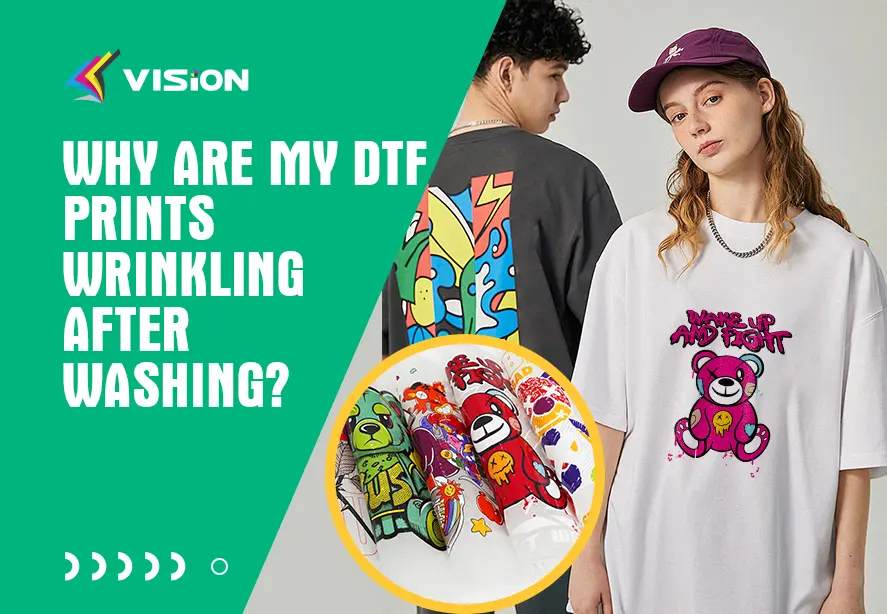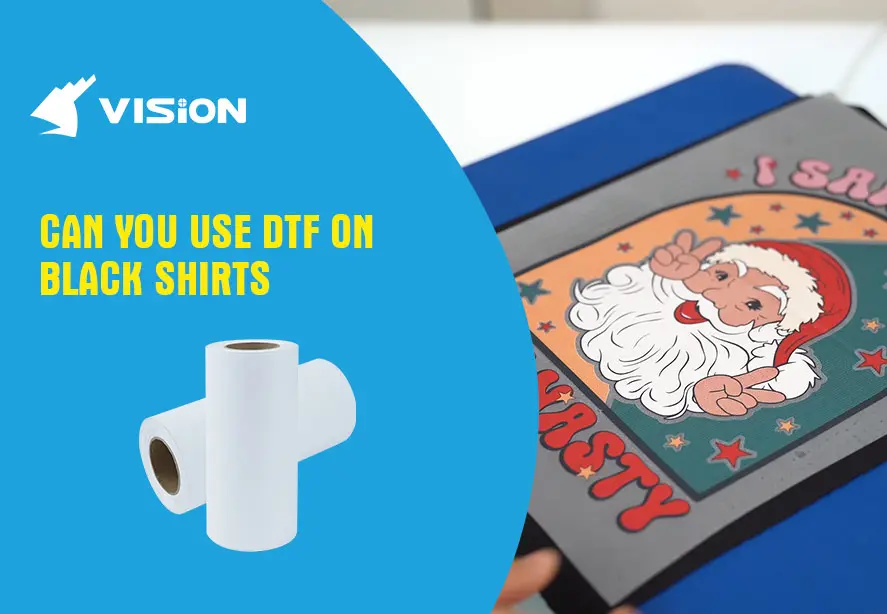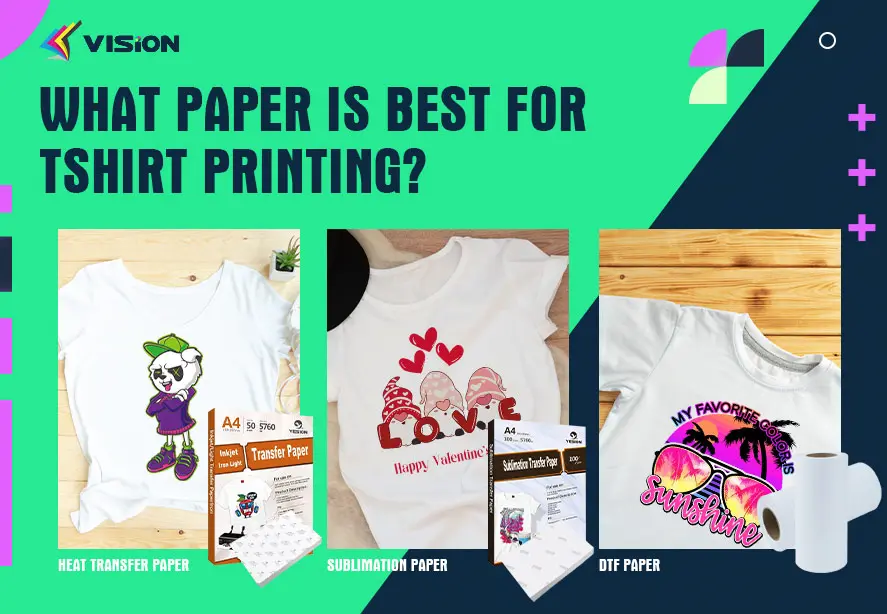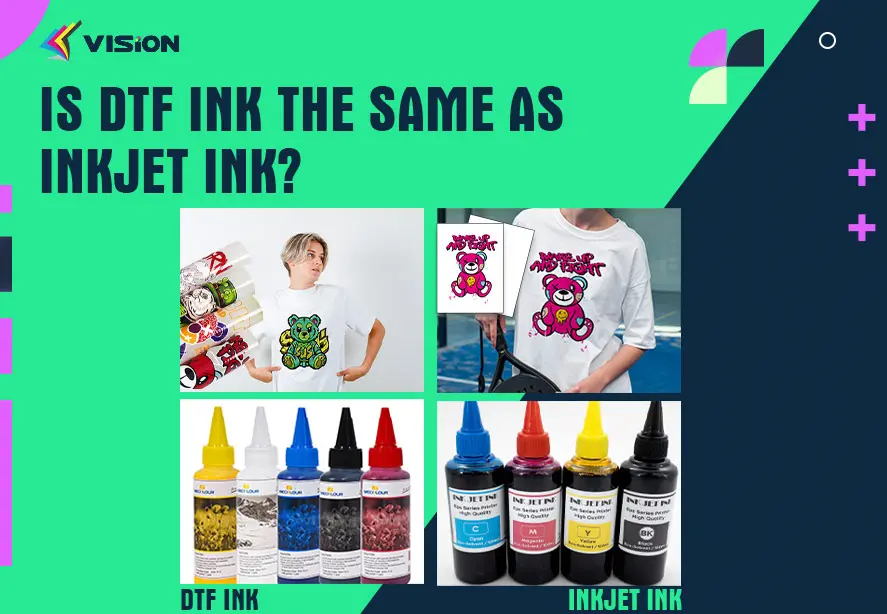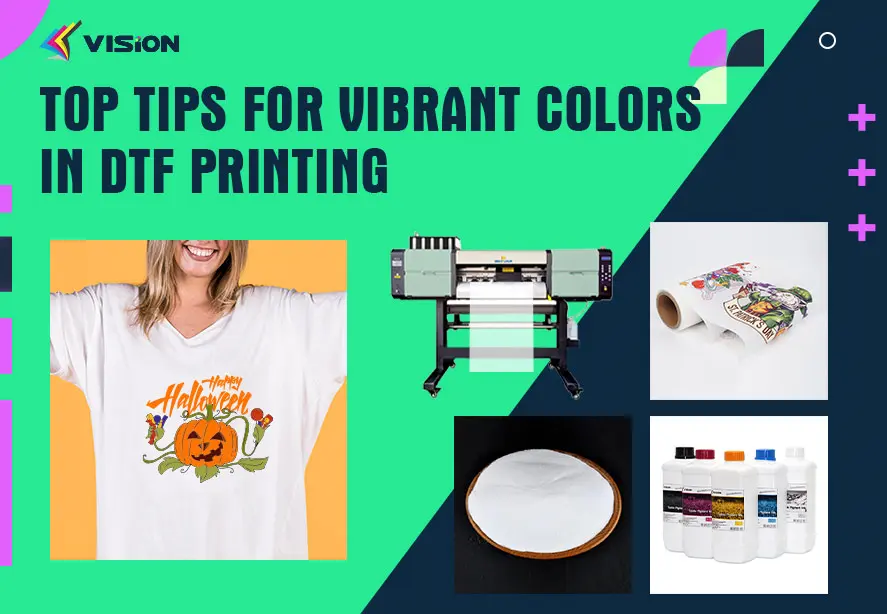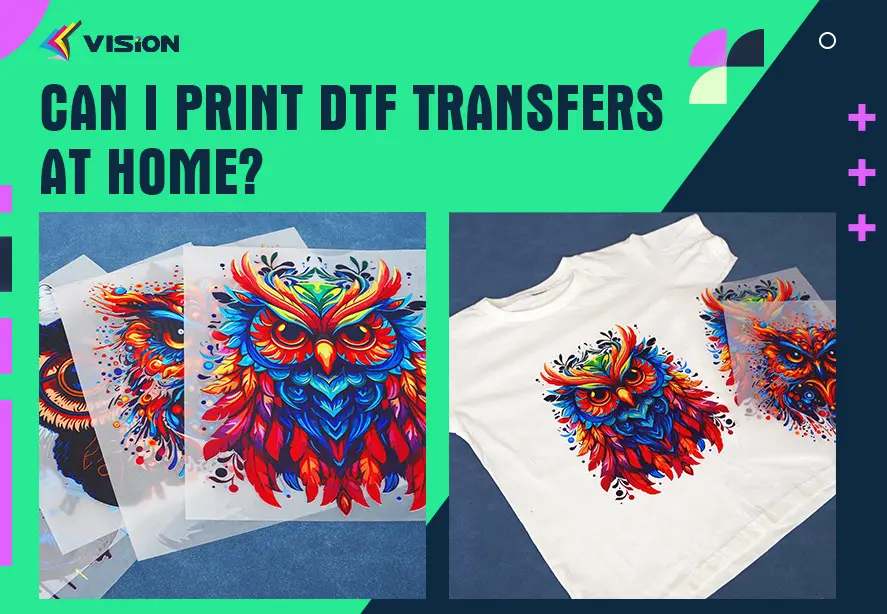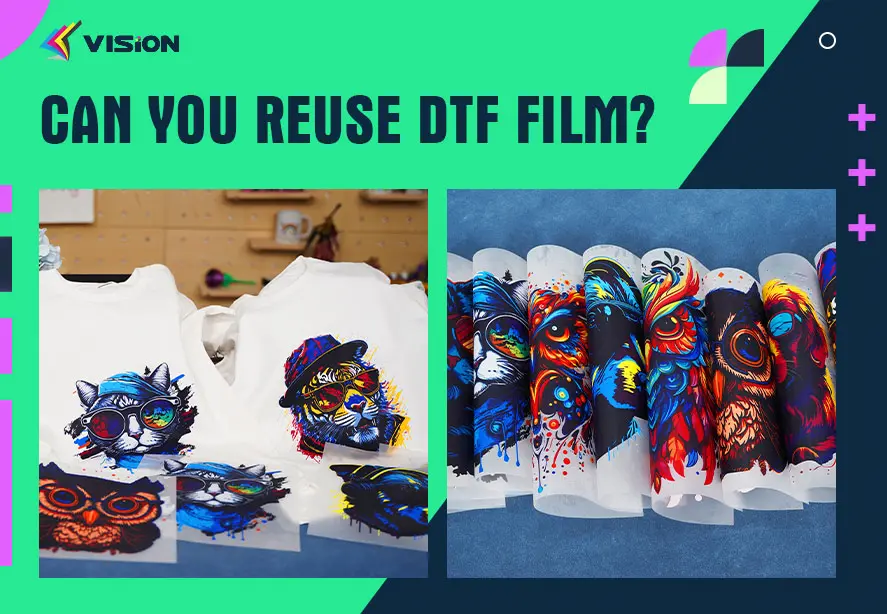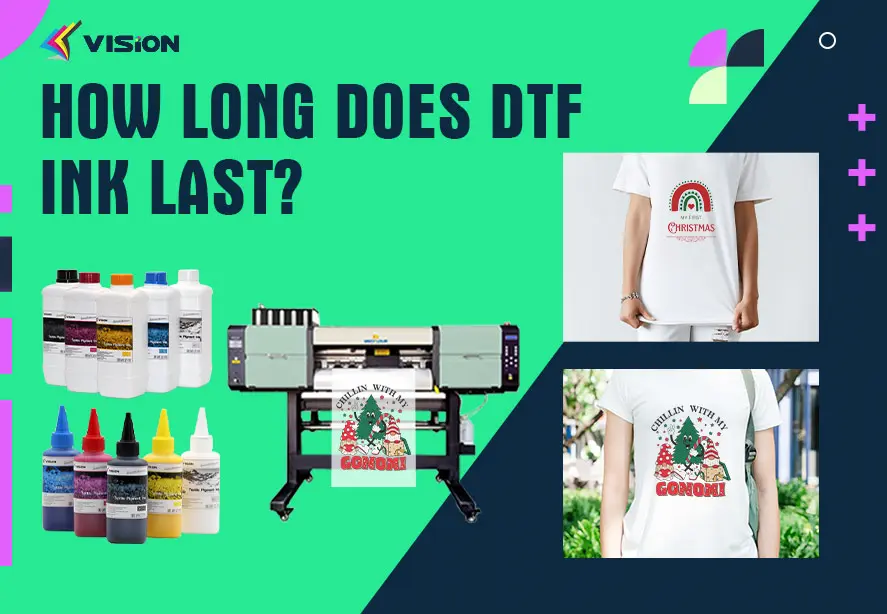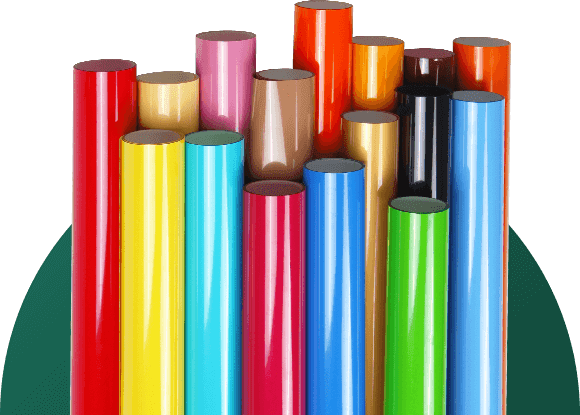Choosing the Best Fabric for DTF Printing
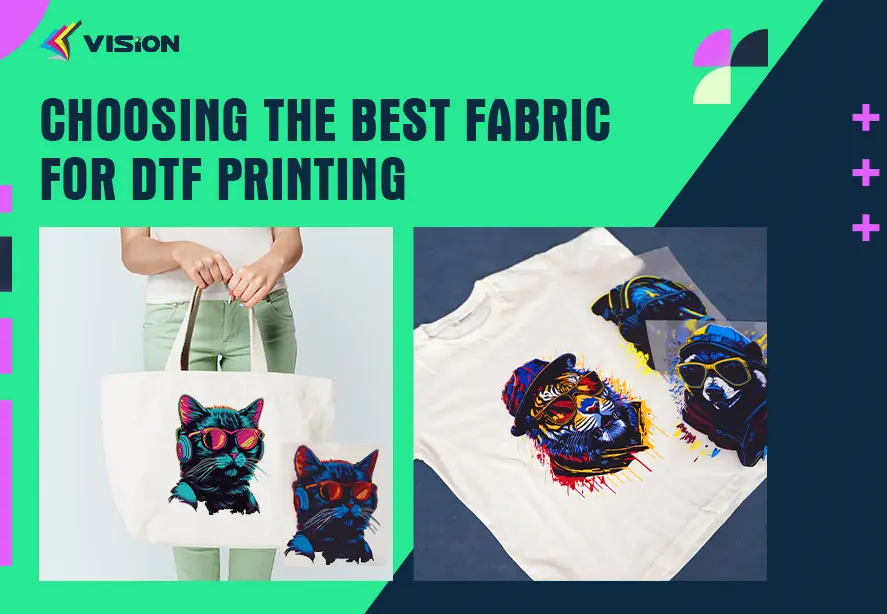
Direct-to-Film printing is revolutionizing fabric customization with its versatility and vibrant results. Whether you’re crafting personalized garments or starting a custom printing business, the type of fabric you choose plays a significant role in the quality of your prints. In this article, we’ll help you understand the best fabrics for DTF printing and how to achieve the finest results.
What Makes Fabric Suitable for DTF Printing?
When selecting fabrics for DTF printing, certain characteristics play a pivotal role:
Surface Compatibility: DTF works on a variety of surfaces, but fabrics with smooth and even textures yield better results.
Heat Resistance: The fabric must withstand the high temperatures of the heat press without damage.
Adhesion Properties: Fabrics that allow proper bonding of the adhesive powder ensure long-lasting prints.
Color Retention: The material should enhance the vibrancy of the print without compromising its longevity.
Top Fabric Choices for DTF Printing
1. Cotton: A Classic Option
Cotton is one of the most popular fabrics for DTF printing due to its natural composition and compatibility with various inks.
Advantages:
Excellent ink absorption.
Long-lasting and vibrant prints.
Eco-friendly and breathable.
Applications: Cotton is ideal for T-shirts, tote bags, and other casual wear.
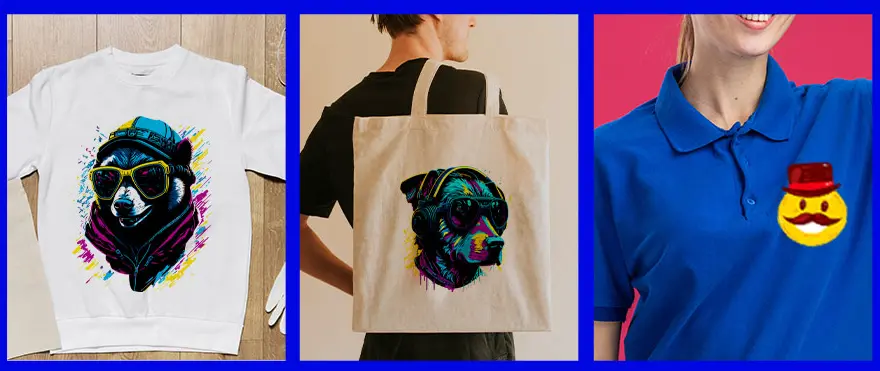
dtf fabrics
2. Polyester: The Go-To for Durability
Polyester fabrics are synthetic, offering superior durability and vibrant print quality.
Advantages:
High color retention.
Resists shrinkage and wrinkles.
Perfect for activewear and sports jerseys.
Tips for Printing on Polyester:
Pre-treatment may be required to reduce static and enhance adhesion.
3. Cotton-Polyester Blends: Best of Both Worlds
Blended fabrics combine the strengths of cotton and polyester, making them versatile for various applications.
Advantages:
Balance of softness and durability.
Cost-effective solution for mass production.
Retains color vibrancy over time.
Applications: Popular in casual wear, corporate uniforms, and promotional items.
4. Nylon: A High-Performance Alternative
Nylon is another synthetic fabric that excels in DTF printing, especially for items requiring stretch and flexibility.
Advantages:
Lightweight and durable.
Resists water and moisture.
Good adhesion for high-detail designs.
Ideal for outdoor gear and swimwear.
Applications: Ideal for outdoor gear and swimwear, outerwear, bags, and accessories.
5. Lycra and Spandex
These stretchy fabrics are a great option for activewear, although extra care is needed during the printing process.
Advantages:
Highly flexible and form-fitting.
Retains vibrancy even under tension.
Applications: Common in leggings, swimsuits, and compression wear.
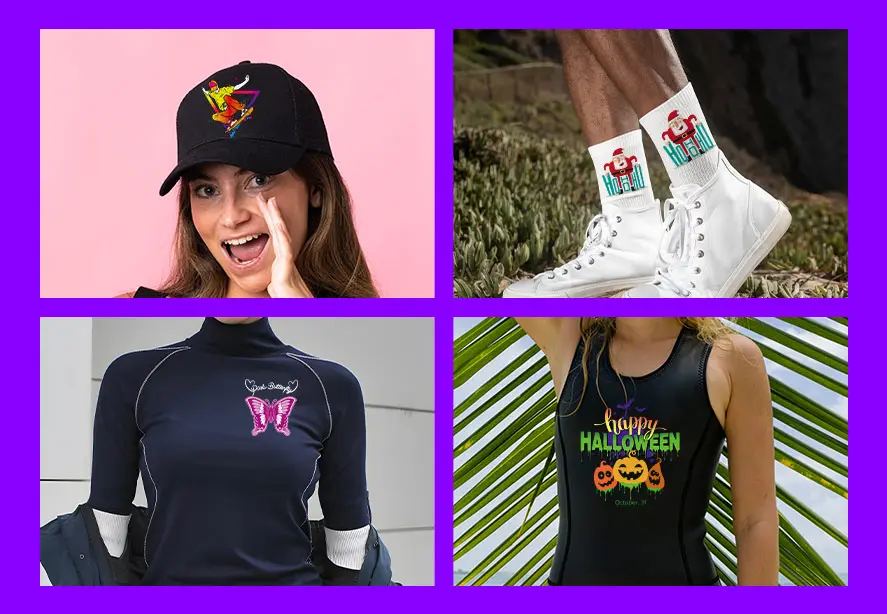
dtf transfer print
Fabrics to Avoid
Not all fabrics are ideal for DTF printing. Here are some to avoid:
Silk and Satin: Their slippery surface and delicate nature make adhesion difficult.
Heavily Textured Fabrics: Materials like corduroy or velvet disrupt the transfer process.
Heat-Sensitive Fabrics: Fabrics that scorch or deform under high heat, such as some acrylic blends.
Tips for Optimal Results with DTF Printing
1. Test Before Printing
Always test a sample piece of fabric before committing to large production. This ensures compatibility and desired results.
2. Use High-Quality Materials
Invest in premium DTF film, adhesive powder, and inks to achieve professional-grade prints.
3. Optimize Heat Press Settings
Different fabrics require specific temperature and pressure settings. Adjust these based on your chosen material to avoid damage or incomplete transfers.
4. Pre-Treat Fabric
For better adhesion, ensure the fabric is clean and free from any coatings or treatments that could interfere with the printing process.
5. Store Materials Properly
Store your fabrics, films, and powders in a dry, cool environment to maintain their quality and performance.
How to Choose the Right Fabric for Your Project
Consider the Purpose: For casual wear, cotton or blends work best. For activewear, opt for polyester or spandex.
Evaluate Durability Needs: Choose tougher fabrics like nylon for items prone to wear and tear.
Match the Design: Intricate, colorful designs look great on smooth fabrics like polyester or cotton.
Why Fabric Choice Matters in DTF Printing
Selecting the right fabric ensures:
Enhanced Print Quality: Vibrant and precise designs.
Longevity: Prints that withstand washing and regular use.
Customer Satisfaction: High-quality results that meet expectations.
Choosing the best fabric for DTF printing is essential to achieving vibrant, long-lasting, and professional-grade results. Cotton, polyester, blends, nylon, and spandex stand out as top choices, offering versatility for various projects. By understanding the properties of different fabrics and tailoring your approach, you can take your DTF printing to the next level.
Related:
Mastering the Art of Flawless DTF Film Application
What kind of printer and supplies are needed for DTF transfers?
Choosing the Best DTF Printers For Your Business in 2024
Can I print DTF transfers at home?


